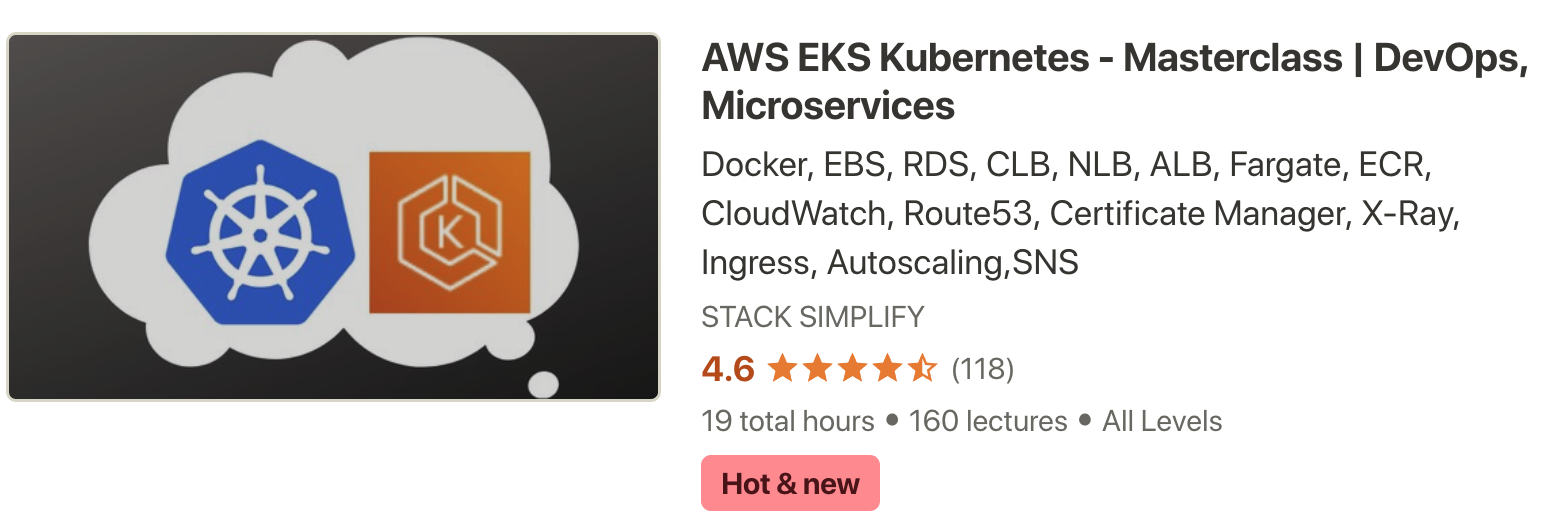Rollback Deployment
Step-00: Introduction
- We can rollback a deployment in two ways.
- Previous Version
- Specific Version
Step-01: Rollback a Deployment to previous version
Check the Rollout History of a Deployment
# List Deployment Rollout History
kubectl rollout history deployment/<Deployment-Name>
kubectl rollout history deployment/my-first-deployment
Verify changes in each revision
- Observation: Review the "Annotations" and "Image" tags for clear understanding about changes.
# List Deployment History with revision information
kubectl rollout history deployment/my-first-deployment --revision=1
kubectl rollout history deployment/my-first-deployment --revision=2
kubectl rollout history deployment/my-first-deployment --revision=3
Rollback to previous version
- Observation: If we rollback, it will go back to revision-2 and its number increases to revision-4
# Undo Deployment
kubectl rollout undo deployment/my-first-deployment
# List Deployment Rollout History
kubectl rollout history deployment/my-first-deployment
Verify Deployment, Pods, ReplicaSets
kubectl get deploy
kubectl get rs
kubectl get po
kubectl describe deploy my-first-deployment
Access the Application using Public IP
- We should see
Application Version:V2 whenever we access the application in browser
# Get NodePort
kubectl get svc
Observation: Make a note of port which starts with 3 (Example: 80:3xxxx/TCP). Capture the port 3xxxx and use it in application URL below.
# Get Public IP of Worker Nodes
kubectl get nodes -o wide
Observation: Make a note of "EXTERNAL-IP" if your Kubernetes cluster is setup on AWS EKS.
# Application URL
http://<worker-node-public-ip>:<Node-Port>
Step-02: Rollback to specific revision
Check the Rollout History of a Deployment
# List Deployment Rollout History
kubectl rollout history deployment/<Deployment-Name>
kubectl rollout history deployment/my-first-deployment
Rollback to specific revision
# Rollback Deployment to Specific Revision
kubectl rollout undo deployment/my-first-deployment --to-revision=3
List Deployment History
- Observation: If we rollback to revision 3, it will go back to revision-3 and its number increases to revision-5 in rollout history
# List Deployment Rollout History
kubectl rollout history deployment/my-first-deployment
Access the Application using Public IP
- We should see
Application Version:V3 whenever we access the application in browser
# Get NodePort
kubectl get svc
Observation: Make a note of port which starts with 3 (Example: 80:3xxxx/TCP). Capture the port 3xxxx and use it in application URL below.
# Get Public IP of Worker Nodes
kubectl get nodes -o wide
Observation: Make a note of "EXTERNAL-IP" if your Kubernetes cluster is setup on AWS EKS.
# Application URL
http://<worker-node-public-ip>:<Node-Port>
AWS EKS - Elastic Kubernetes Service - Masterclass

Step-03: Rolling Restarts of Application
- Rolling restarts will kill the existing pods and recreate new pods in a rolling fashion.
# Rolling Restarts
kubectl rollout restart deployment/<Deployment-Name>
kubectl rollout restart deployment/my-first-deployment
# Get list of Pods
kubectl get po
